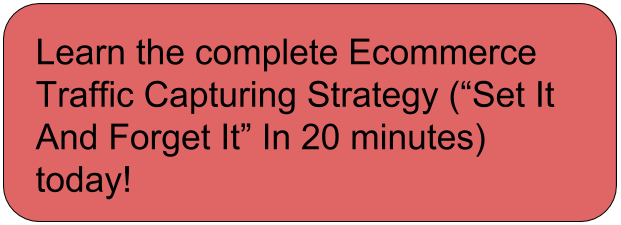Push Notification is one of the most advanced and easiest method for user engagement, traffic management, customer retention as well as to drive sales (and is way more effective than an email)
But like every new good thing, this one too is surrounded by myths and fears. But I’ll show you why only the good is here to stay.
Well firstly, because it is the truth! And for those of you who still haven’t made up your mind regarding push notifications, let me help you there…
1. Users don’t opt in to your push notifications
Browser Push Notifications can be sent only to subscribed users and many marketers wonder what would motivate users to subscribe to Browser Push messages?
Users are faced with a lot of marketing clutter in the form of blanket emails, display ads, app push notifications.
Why would they subscribe to Browser Push?
Solution: They won’t. Unless you give your users a reason to subscribe.
Tell them about the value these timely and hyper-personalized messages will add to their online shopping experience.
You can also try timing your opt-ins when it matters to your audience.
For example John has really liked a pair of shoes on your website. But you’ve run out of stock for his foot size.
A subtle suggestion of receiving browser alerts when you have stocked up again will get John interested to subscribe for notifications.
Turns out, as many as 30% of an E-commerce website users subscribe to Browser Push messages.
In fact, the subscription rate is comparable with the number of users leaving behind their email IDs on E-Commerce websites.
2. Browser Push are the new trouble
Imagine if you were to receive notifications from a website about 10 times everyday with generic marketing offers and discounts!
Such poorly executed notifications dent user experience resulting in subscriber churn. The problem lies more with the strategy and execution than Browser Push as a channel itself.
Solution: Personalized Browser Notifications can be highly relevant to the subscriber.
Also, when deployed to communicate price drop alerts, flash offers, new product added and similar other time sensitive use cases these event-based triggers can be super effective.
It is important to use Browser Notifications only when you have something really important and relevant to say to a user.
For example, the food that they ordered on your website is en-route or to remind them to book tickets to an upcoming movie that they will want to catch over the weekend.
3. Browser Notifications seem intrusive to users
TIming is everything and this is especially true in the digital space today. It is important that push messages are well-timed and relevant.
A perfectly planned notification can go wrong if you don’t get the timing right.
Reaching your users when they are most receptive to marketing communication is important. Otherwise your notifications might get lost in the digital noise.
Solution: Yes, it is possible to time your notifications based on user-events, local times and more.
Using machine learning to engage with users at their preferred time (use past engagements and user time zone) along with strictly monitored frequency caps will help you extend a superior user experience.
4. Users ignore such notifications but check emails
This could happen if you are sending the same notification to all your website users.
It’s important to keep your users updated, but too many irrelevant conversations and your audience will ignore you.
Solution: Build engaging conversations. Stay on top of your user interests and target them with specific messages that will grab attention.
Stats indicate that as many as 70% of users receive Browser Push Notifications from an E-Commerce website and a good 7% of them click on the notifications.
This is way higher than the CTR for Facebook ads.
5. Mere notifications cannot drive sales
Not true.
While the true potential of browser messages are yet to be explored, these notifications can be as effective in terms of engagement and conversions as emails are.
Since these are subscription-based messages, you are sure that you are targeting a high-intent audience.
Solution: One of the best use cases for Browser Notifications is drop-off retargeting.
With this new channel in your toolkit, you don’t have to wait for your user to land on a third party website for retargeting. You can retarget high-value users by sending these notifications directly to the user’s browser.
With product feed integration these messages allow you to embed the relevant product image, a nice personalized message and discounted price.
That’s not all.
It’s possible to deep-link Browser Notifications and direct users to the relevant product page.
I hope you’re feeling more confident about using push notifications on your website now.
So go on and set your marketing team free to try them out.
Also, if there’s anything else that you feel keeps you away from push notifications, let me know and i’ll take you to the unbiased truth.

